By Andony Melathopolous, Assistant Professor of Pollinator Health Extension, Department of Horticulture, Oregon State University; Oregon Bee Project coordinating team member
For the past ten years, National Pollinator Week has provided a unique occasion for education, outreach and activity around pollinators. It is no coincidence that this annual celebration was established or that it has grown into the anticipated fixture on the summer calendar that it is today. In fact, the origins of Pollinator Week stretch back further than its proclamation by the US Senate in 2006.
In the late 1990s, an organization called Pollinator Partnership began linking together all the pieces around pollinator health and recognized that any meaningful national strategy would have to engage a broad spectrum of people; from growers, to consumers, from concerned citizens, to government agencies. Broad engagement, they determined, was necessary from the fact that insect pollinators are deeply interwoven into both natural and agricultural systems, and as such, are affected and influenced by a wide range people doing a variety of different activities during their busy lives.
There have been considerable changes in the way Americans relate to pollinators since the first National Pollinator Week. In fact, it might be difficult to fully understand the need for something like the Oregon Bee Project without taking stock of the ten years, or more specifically, two events that occurred that have strongly conditioned how we come to think about pollinators.
- The first event that has definitely shaped how Americans think about pollinators occurred during the very first National Pollinator week in 2007. In that year U.S. beekeepers were discovering a new and yet explained syndrome facing their hive, Colony Collapse Disorder (CCD). Although the symptoms of CCD grew less prominent in subsequent years, the U.S. beekeeping industry, to this day, continues to face historically elevated levels of colony death which now appear to be the result of a combination of parasites and new diseases, reduced forage for colonies and pesticide exposure.
- The second event occurred here in Oregon and it brought attention to the issue of native bees and pesticides. During the sixth National Pollinator Week bumble bees were killed by the improper application of insecticide applied to shade trees in a suburban Portland parking lot. The incident became a national news story and prompted calls for action around pesticide education and outreach.
These two events led to a response from both the Federal government and the Oregon Legislature. From the US Government there was the 2016 Pollinator Partnership Action Plan, which outlined a strategy to reduce honey bee colony losses and establish targets for building habitat for pollinators. Included in the federal approach were new guidelines for the Environmental Protection Agency to reduce pesticide exposure to pollinators through voluntary state-led Managed Pollinator Protection Plans (MP3s). In 2015, a Pollinator Health Task Force, commissioned by the Oregon Legislature, identified the need for better outreach and education around pesticides and pollinator to both traditional licensed pesticide applicators, but also unlicensed applicators, including home-owners.
What this means for the Oregon Bee Project:
As we are busy learning, thinking, and celebrating National Pollinator Week in 2017, it’s a good time to think about the Oregon Bee Project and where it might be headed. In the short term, the Oregon Bee Project will be changing its scope in order to meet the mandates set by the Oregon Legislature and the Federal government and to work at a broader, more inclusive scale. Throughout 2017 Oregon State University and Oregon Department of Agriculture have been talking to all of you and using these conversations to outline a general strategy to coordinate state-level efforts on pollinator health around all these issues. We hope to get the details of this plan out to you early in the fall, but what this will ultimately mean is more partners and better footing for the Oregon Bee Project.
The Oregon Bee Project starts from the idea that pollinator health ultimately depends on the innovativeness of landowners, growers, homeowners and pesticide applicators and that this innovation is limited primarily by the absence resources, local networks, and science-based education, outreach and engagement. The Project is ultimately premised on the original vision of Pollinator Partnership that originally set the state for National Pollinator Week. As the Oregon Bee Project looks ahead to the second decade of National Pollinator Week it remains focused on developing practical tools for all Oregonians, drawing on the experience of the people who regularly work with and around bees, to keep Oregon bee-friendly.
